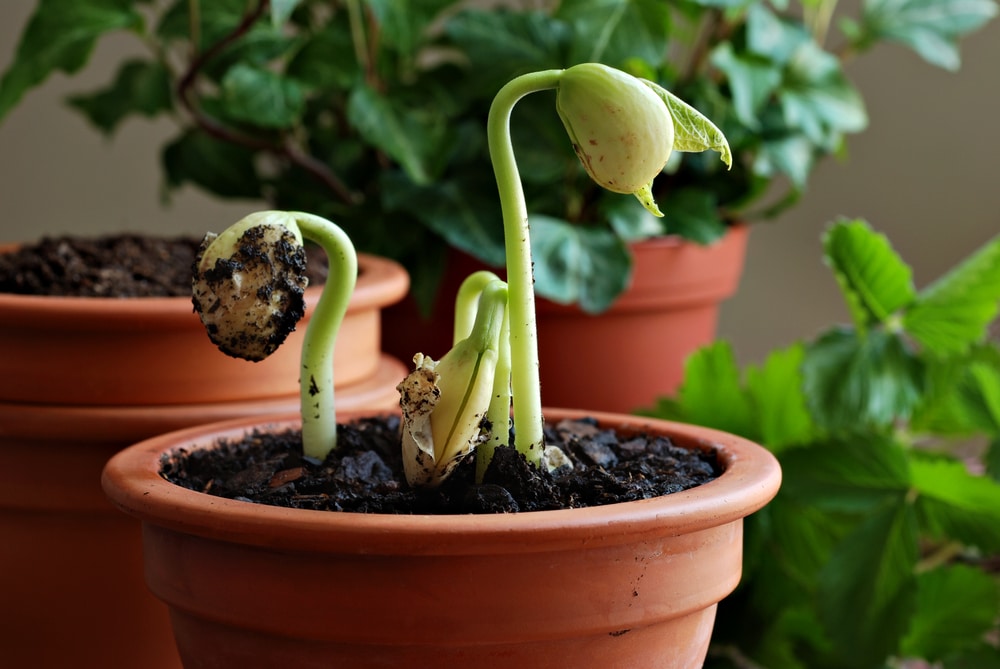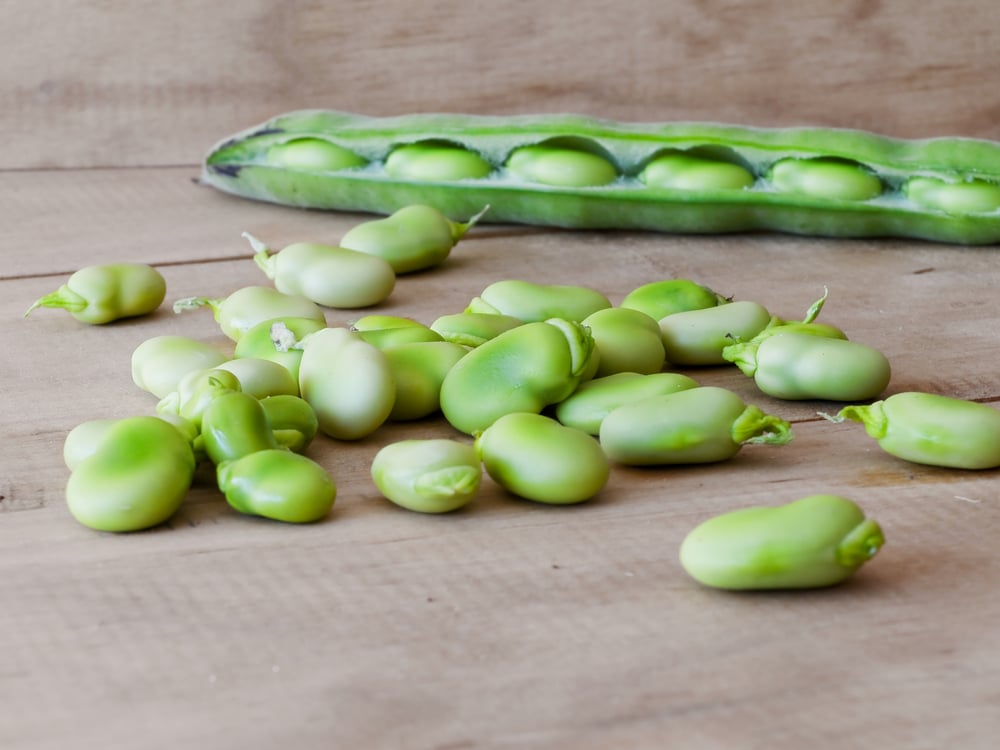One of the most popular of the more than 40,000 varieties of beans in the world, the Lima, named for the capital of Peru, goes through 5 stages in its life, starting from a seed and growing to a mature plant that can create lima bean plant seeds on its own. Let’s explore in detail the life cycle of the lima bean.
Life Cycle Lima Bean

1. Germination
The seed of a lima bean plant is that lima bean itself. You can cook and eat it, but if you wish, you can plant it and give yourself a crop of lima beans for future use.
Germination begins when the bean (we’ll refer to it as a seed from here on) soaks up some water. Water acts as a catalyst, as its presence triggers the release of gibberellins. These hormones regulate how a plant grows, and at this stage of the lima bean’s germination, the gibberellin hormones encourage the seed to produce a radicle root.
Ideal germination conditions include a soil temperature of between 75° and 85° F (23°-29° C).
2. Radicle Production
The radicle root is an embryonic element of the seed. In this incarnation, it won’t play a large role in the life of the mature plant, but immediately following germination, it will stretch out into the soil to absorb more water.
The radicle root will eventually grow to become the plant’s root system, but it’s no more a root system at this point than a stack of uncut wood is a coffee table— things need to happen for it to develop into that.
3. Emergence of the Hypocotyl Stem
The hypocotyl stem is the first indication of something breaking through the soil and reaching up for the sunlight. This tiny stem is the lima bean plant’s first shoot. The hypocotyl stem bears little resemblance to the plant that will eventually appear after maturation.
However, as it lifts the first couple of cotyledon leaves toward the sky, it’s critical to the plant’s development.
4. Cotyledon Leaves
These leaves are often called “seed leaves” because they survive largely on nourishment from the seed, much as a fetus draws nourishment from the placenta.
Cotyledon leaves act as solar panels for the burgeoning plant, giving the seed and the hypocotyl stem energy so they can produce the larger leaves we expect to see on a lima bean plant.
5. Flowering
The following stage of the life cycle of the lima bean is flowering. Once a more mature stem has grown and larger leaves have sprouted, the lima bean plant has full access to the nutrients in the soil and water around it, and it is fully capable of photosynthesis.
It becomes a mature plant when it begins producing flowers. Flowers contain a stamen and pistil—the flower’s male and female reproductive. Once these appear and mature, the lima bean plant can get pollinated.
Following successful pollination, the flower will eventually wither and fall to the ground as bean pods begin to grow. These bean pods are why you planted your lima bean plant in the first place, as they produce seeds, also known as beans.
An adult lima bean plant producing seeds is said to be fruiting, meaning it’s bearing fruit (in this case, lima beans). If the beans get harvested, then they probably get eaten. If they don’t get harvested, they can fall from the flower and into the soil, where they can sprout and begin creating another lima bean plant.
What Lima Bean Plants Need
Lima beans grow fairly easily, which is why they often appear in starring roles in high school science lessons. However, growing a lima bean plant for a grade differs from growing one for food.
Lima bean plants depend on sunlight and water, as does every plant, but it also needs well-drained soil. If you are planting your own crop, be sure to include compost or other organic material in your soil, and turn it over into the dirt so that it mixes in well.
A well-drained lima bean plant is a happy one.
Final Thoughts
Through these 5 stages of the life cycle of the lima bean, the plant goes from seed (bean) to seedling to mature, fruiting plant. Provided its needs are met by its environment, the plant will generate seeds for your dinner table, for propagating more plants, or both. You may also be interested in growing pole beans.
